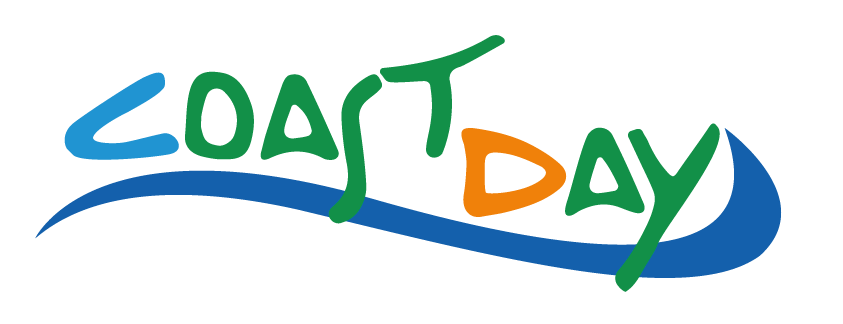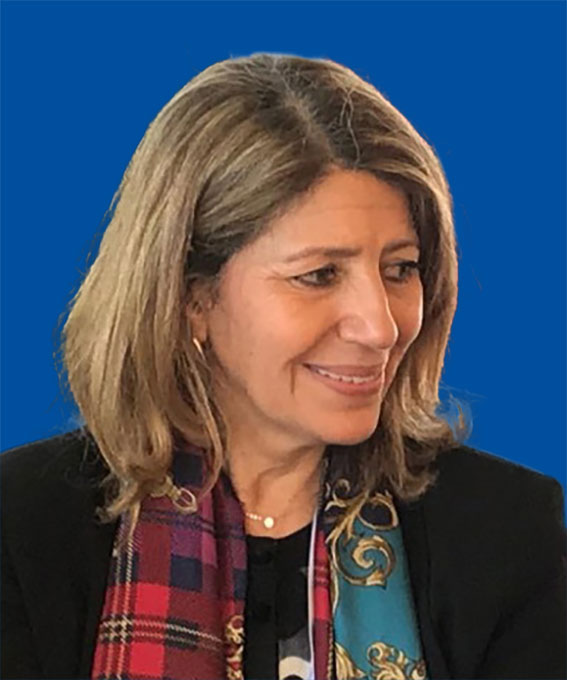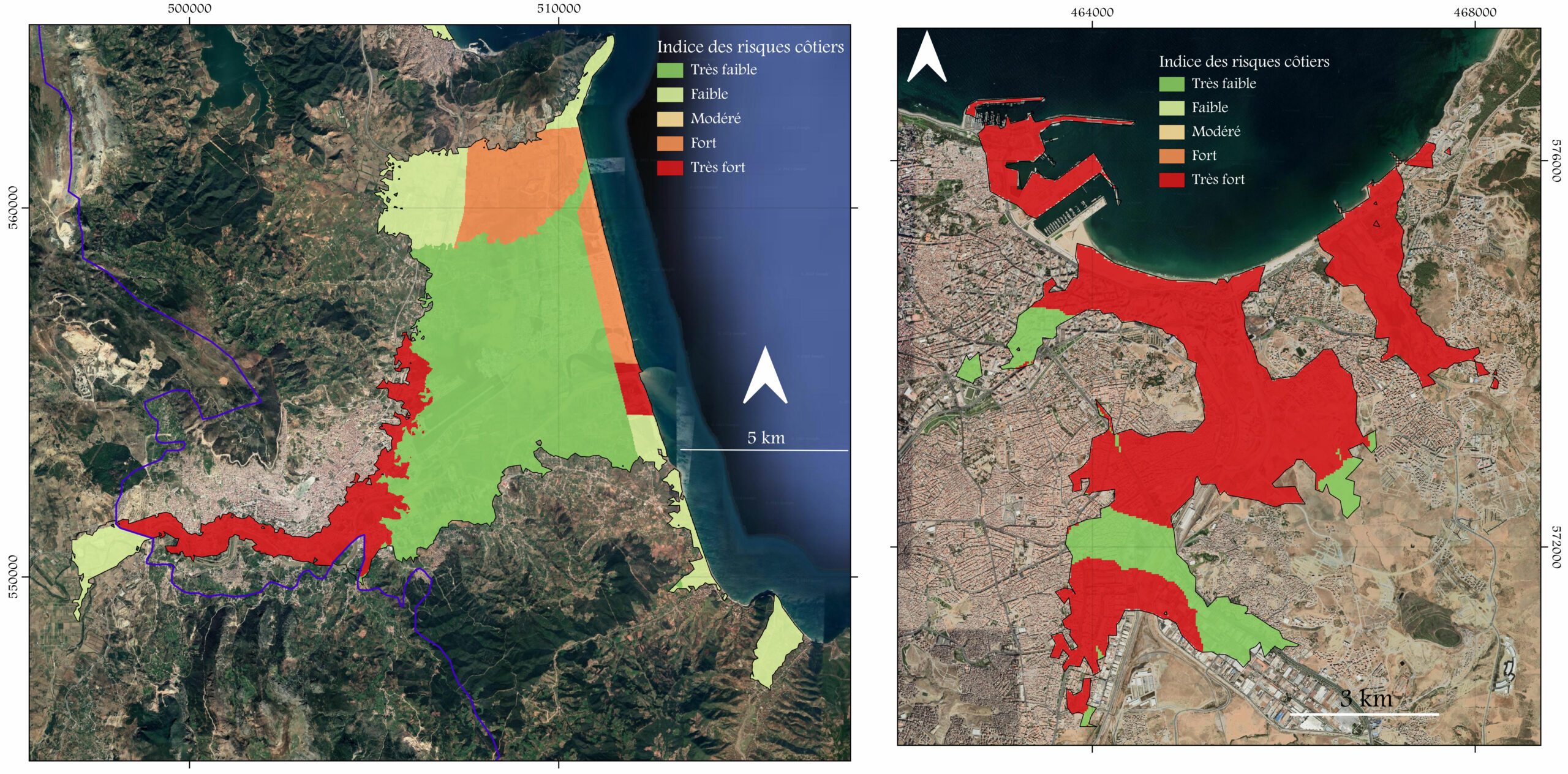
“Without good governance things cannot change”
In conversation with Maria Snoussi
Maria Snoussi is a discreet and effective woman. Always humble, Maria smiles mischievously when you ask about her career: “I’ve done a lot of things…”
After studying coastal geosciences, partly at the University of Bordeaux I (France), she started her teaching and research career at the University of Rabat. Very early on, she found herself involved in international bodies. She represented Morocco at the Intergovernmental Oceanographic Commission (IOC/UNESCO) and did the same at CIESM (Intergovernmental Commission for Mediterranean Ocean Sciences), before becoming president of CIESM’s scientific committee on coastal zones.
Maria is a pioneer. The first foreign woman elected president of the IRD scientific council, the Moroccan researcher was also on the steering committee of the Mediterranean network of experts on climate and environmental change (MedECC), which produced the first scientific report on climate and environmental change in the Mediterranean. Maria also contributed to the development of the first regional plan for the Moroccan coastline in the Rabat-Salé-Kenitra region, and headed up the CAMP-Morocco project (Central Rif Coastal Area Management Plan). Given this background, it’s no surprise that she was asked to coordinate the team of PAP/RAC experts in charge of the regional plan for the Tangier Tetouan Al Hoceima coastline – and that’s what she’s doing at the moment.
A multidisciplinary journey in a complex ecosystem
Maria’s background has given her the multidisciplinary skills she needs to deal with the many challenges involved in integrated coastal zone management (ICZM). She explains what this means in practice.
“The coastline is a complex, multidimensional ecosystem – and each of these dimensions is complex in itself. And we can’t focus on just one aspect without taking the rest into account. The coastline of Tangier-Tétouan-Al Hoceima is unique – it faces both the Mediterranean and the Atlantic, and the Strait of Gibraltar gives it very particular geological, geostrategic and economic characteristics. This coastline is particularly exposed to natural hazards, due to its highly diverse morphology, its geodynamic context, and the irregularity of its climate. Along with these natural factors, continued coastal development and an intensification in the exploitation of natural resources – although they’ve certainly improved the quality of life of citizens – have generated significant socio-spatial disparities and ecological imbalances which are threatening the sustainability of future development. By performing multi-criteria analyses on all these factors, it has been possible to highlight hotspots and sensitive areas in terms of land-based pollution, accidental maritime pollution, and coastal risks linked to climate change. Other risks such as floods, drought, land movements, earthquakes and tsunamis were also assessed.”
Coastal zone management can only succeed if there is good governance
Maria has always been clear on this point: without good governance things cannot change.
“The Coastal Law is a framework that allows coastal leaders and managers to make decisions. We’re now seeing authorities taking the decision to demolish buildings within 100 metres of the coast – this is an area that really shouldn’t be built on, as it hinders good coastal management. Having a slice of space left to the coastline is essential for its operational sustainability. Political decisions like these are vital for conservation and the ecosystem itself. It’s also up to authorities to raise local awareness about pollution issues, from the source of the rivers all the way to the sea. Without the support of local decision-makers we won’t be able to achieve integrated coastal management.”
Map of risks on the TTA coastline, with the bay of Tangier and the coast of Tetouan magnified (prepared in the framework of the regional plan for the Tangier Tetouan Al Hoceima coastline)
Positive results for ICZM in Morocco
Maria underlines the fact that putting the Tangier Tétouan Al Hoceima regional coastal plan (SRL) into action will be a big boost to the progress of ICZM in Morocco. In fact, as well as incorporating lessons learned through the earlier SRL for the Rabat-Salé-Kenitra region, it also builds on the results of work carried out in the Oriental region, immediately to the east of the TTA region.
“ICZM work in the Oriental has made it possible, among other things, to restore the dunes around the lower Moulouya, one of the most important coastal wetlands in Morocco, to stabilize the slopes by planting fruit trees, and also to clean up the Nador lagoon, which has been returned to a good ecological status. These actions have had direct social impacts, such as the resumption of fishing activity in the lagoon, the provision of aid to small farmers, and also the training of women in beekeeping to contribute to their financial empowerment. Many other actions have also been implemented, some which have already had positive results in a short period of time, and some which will bear fruit in the long term.”
Good luck and a good attitude
For Maria, being a woman in the world of coastal management hasn’t made any particular difference, except perhaps at the beginning of her career. She admits that she may have been very lucky, but it’s also a matter of attitude.
“I did a bachelor’s degree in Biology and Geology, but I chose Geology for my master’s, perhaps as a challenge! Besides, I was the only woman in my class. That’s how I got started in coastal geosciences, between Rabat and Bordeaux. When I returned to Morocco, I was confronted with a very male Geology department. I had to fight – it was an eternal battle to establish myself – but I was helped a lot by my teachers and colleagues. Later, in my various roles, I must admit that I’ve always been respected and supported. I’ve always listened to both men and women, and I’ve always shown the same respect to whoever I’m talking to – directors as well as fishers, farmers or more modest people, whose local knowledge is often really valuable.
The woman who inspires Maria in her work on the sea and coastal management? Francesca Santoro
Francesca Santoro is Senior Programme Officer at IOC-UNESCO, Coordinator of the Ocean Literacy With All Programme of the UN Ocean Decade, and part of the Ocean Decade Coordination Office on Connecting People and the Ocean.
“Francesca is an exceptional woman. What inspires me about her is her vision and her way of sharing her love of the oceans through education. She always has a very constructive and cooperative approach, whether working on a local scale with schools or on an international scale with states. She never focuses on negative things, and always sets an example leading from the front, encouraging action from the bottom up. She has an extraordinary ability to bring everyone together in the same boat to learn about oceanography and ocean conservation.”
“Looking first at the Moroccan level, but also beyond that, I dream of a healthy and productive coastline. And for it to be productive it must be preserved. And for this to happen, decision-makers must above all respect and enforce the law. We need safeguards to preserve our common natural heritage, while helping those who depend on biodiversity to guarantee its long-term survival.
“Most importantly, the Mediterranean is a single large marine ecosystem which can only be preserved if there is real cooperation between states. We must never stop working together for the future.”
Written by Chantal Menard for PAP/RAC in the framework of the GEF MedProgramme & UNEP/MAP celebration of Coast Day 2024



